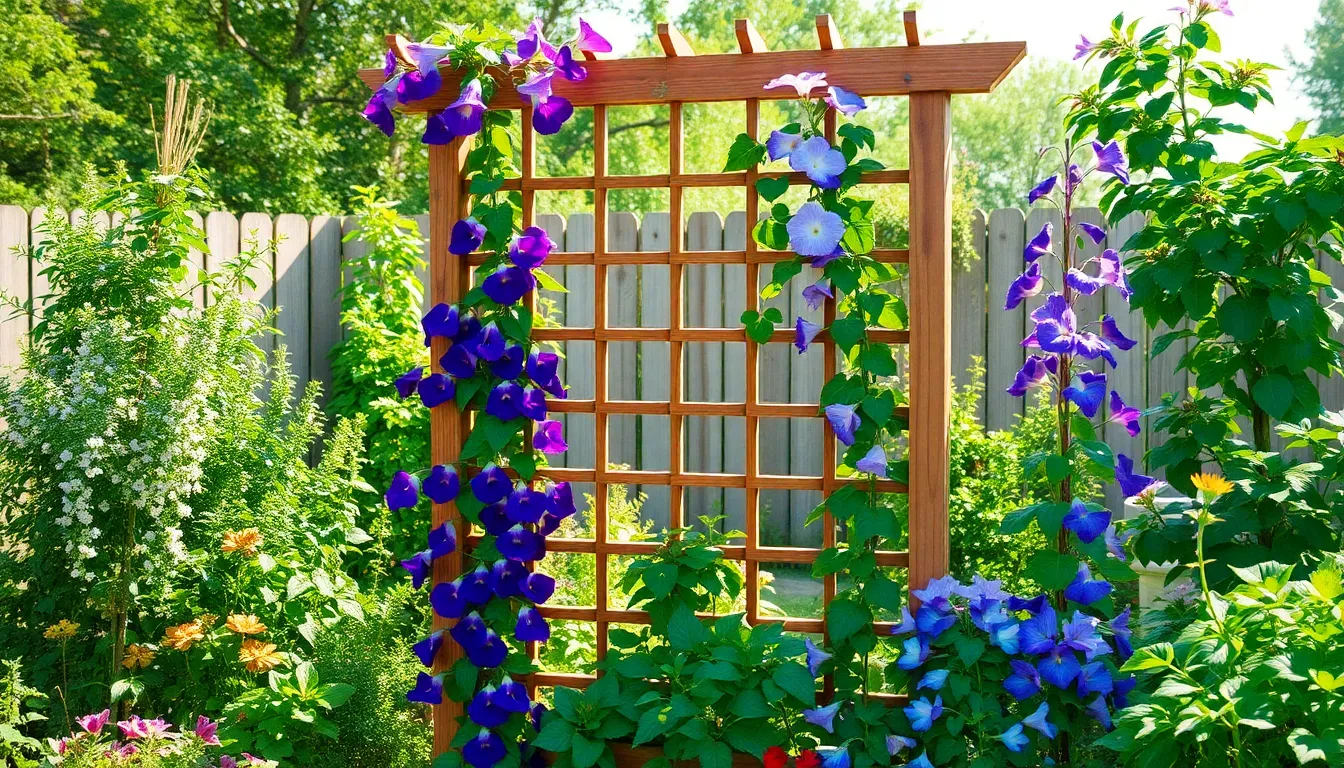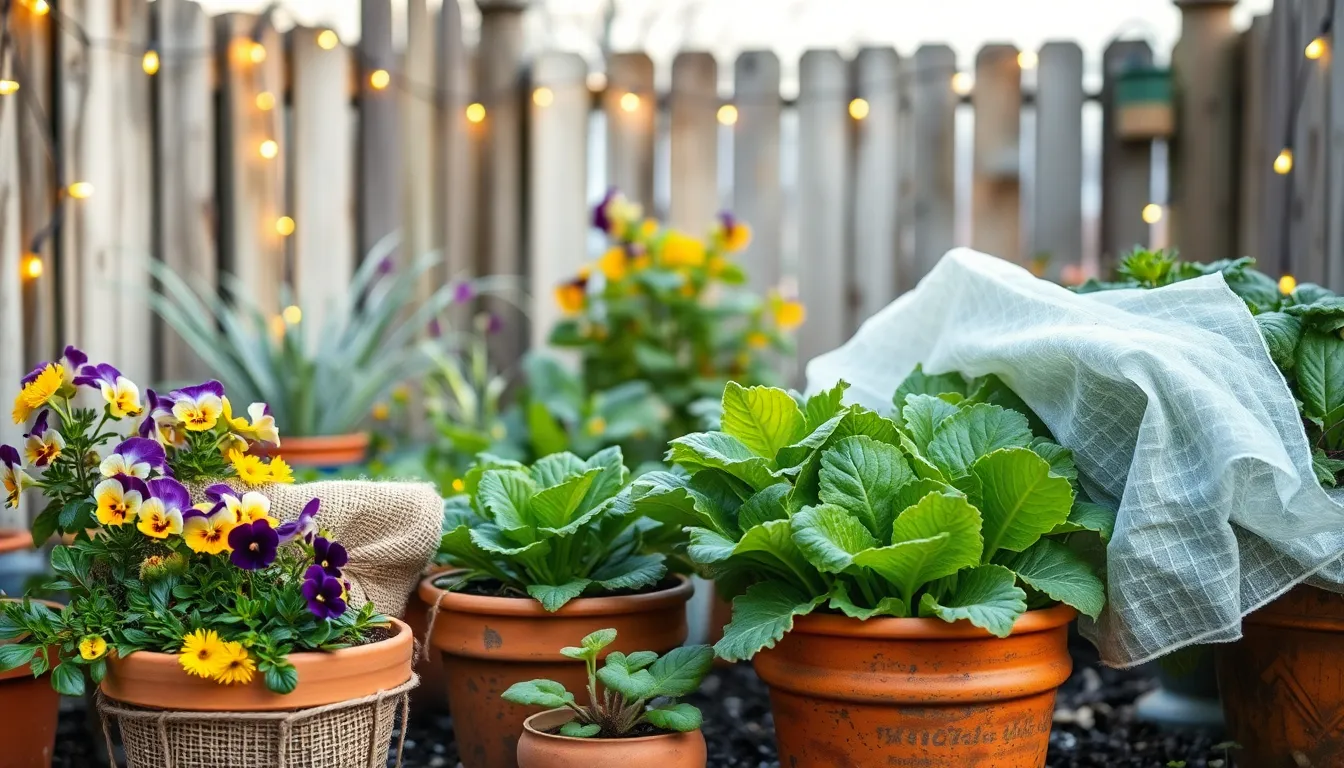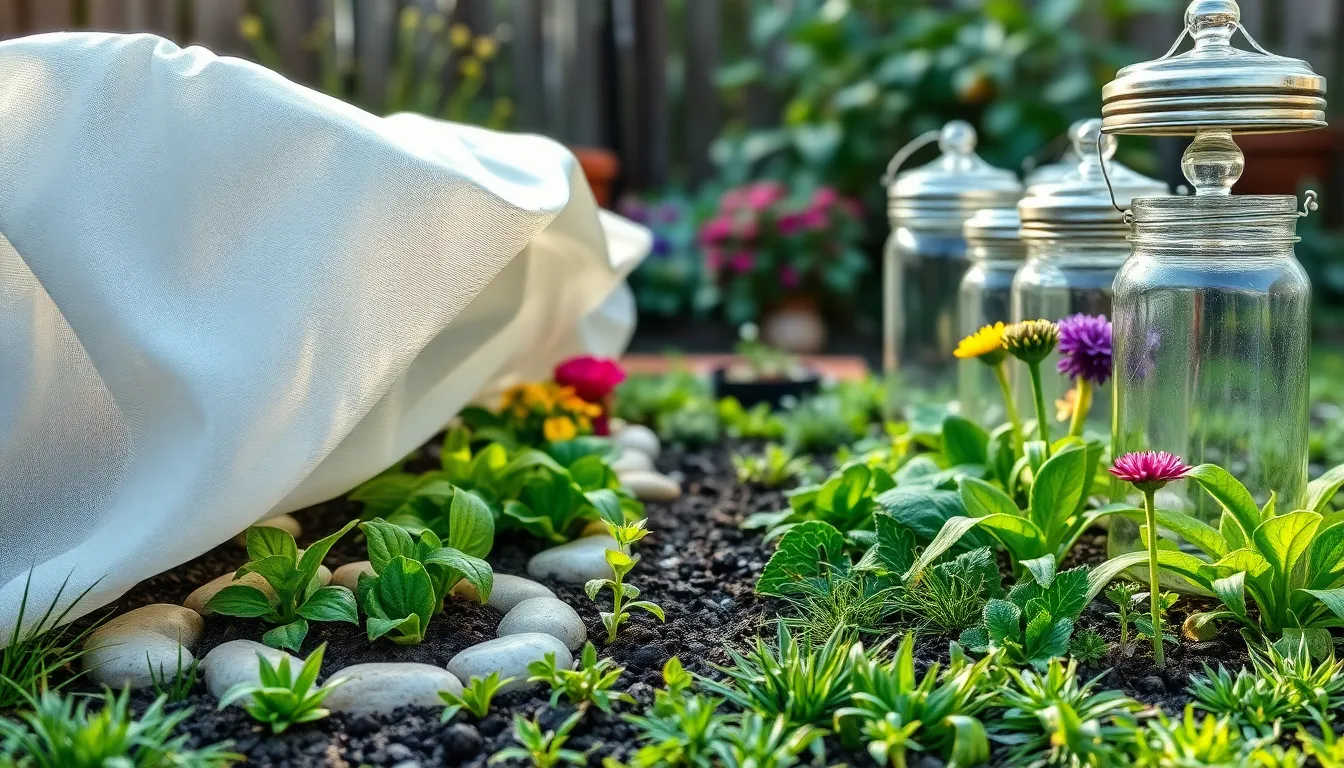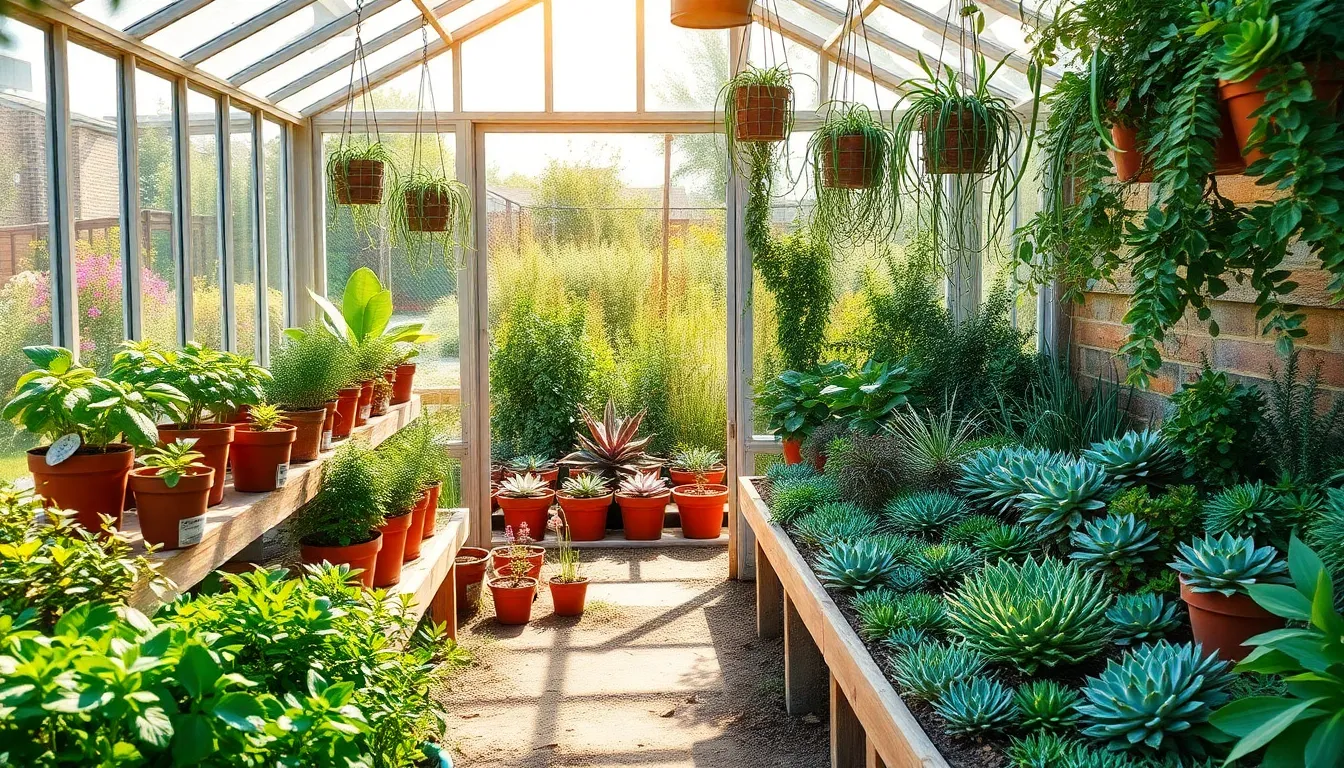In the world of gardening, trellises often conjure up images of vibrant climbing roses and lush grapevines reaching toward the sun. Yet, for many gardeners, the idea of installing a garden trellis can be shrouded in mystery and misconception. Whether you’re just starting out or have a seasoned green thumb, it’s easy to be swayed by myths that suggest trellises are either too complex or unnecessary. This article aims to dispel those myths, opening the door to a world of vertical gardening that can transform your garden space.
Not only do trellises provide essential support for climbing plants, but they also add structure and an aesthetic touch to any garden. However, misconceptions around their installation and use can prevent gardeners from reaping these benefits. By debunking these myths, we’ll equip you with the knowledge to confidently incorporate trellises into your gardening repertoire. From understanding the right materials to choosing the best design for your plants, you’ll soon see how accessible and rewarding trellis gardening can be.
You’ll learn why trellises aren’t just for the pros and how they can be a boon to gardens large and small. We’ll explore the versatility of trellises, showing you how they can help maximize space and enhance plant health. Whether you have a compact urban garden or a sprawling backyard, understanding the truth about trellises will empower you to make informed decisions. Join us as we unravel these common myths and guide you toward creating a garden that’s both stunning and sustainable.
Trellis Size: Bigger Isn’t Better
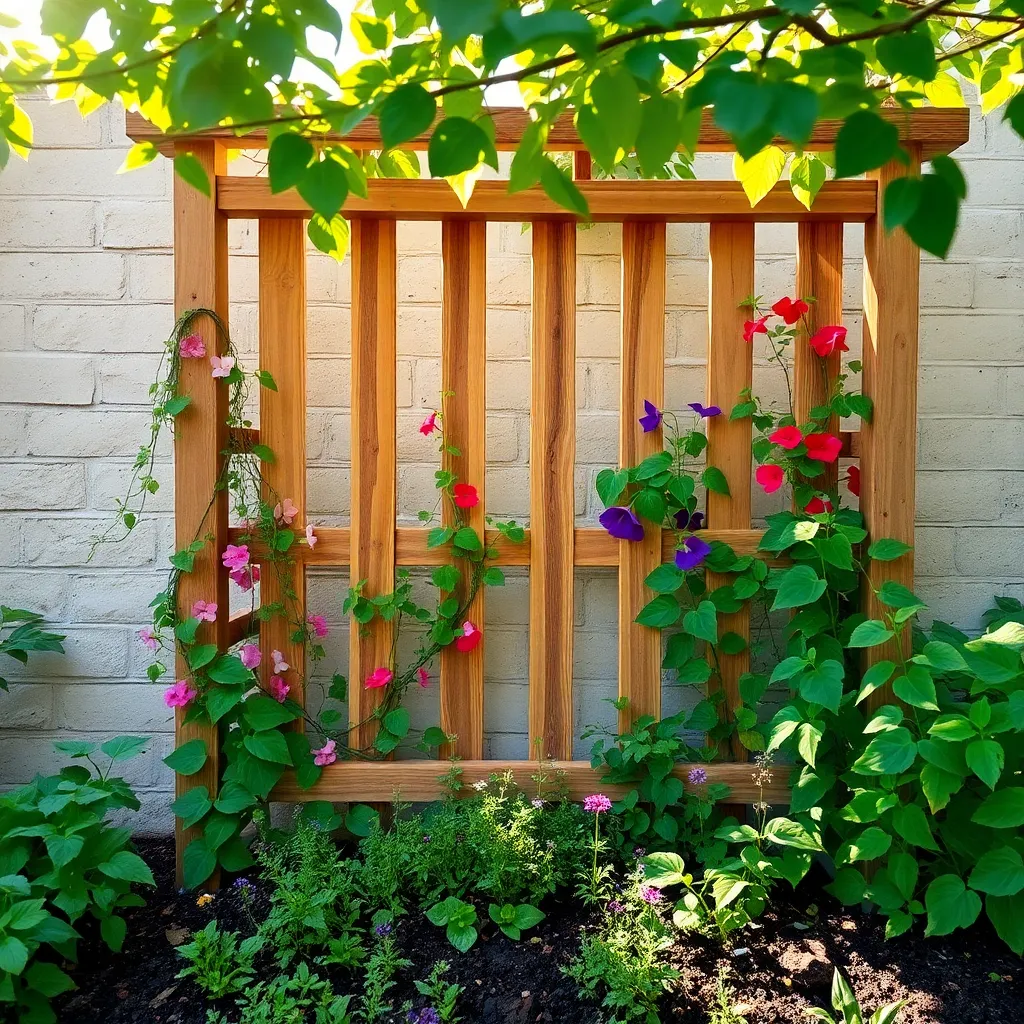
When it comes to garden trellises, bigger isn’t always better. A larger trellis may seem like it offers more support, but it can overshadow smaller plants and reduce the amount of sunlight they receive.
Consider the specific needs of your plants before selecting a trellis size. For instance, climbing plants like peas and beans thrive well with a trellis that’s just a few feet tall, as it provides adequate support without overwhelming the plant.
Using a smaller trellis can also make maintenance easier. It’s simpler to prune and harvest when you don’t have to reach too high or navigate through dense foliage, which is especially beneficial for beginners.
For more experienced gardeners, a smaller trellis allows for strategic plant placement. By using multiple smaller trellises, you can create a dynamic layout that maximizes space and enhances air circulation, reducing the risk of disease.
Material Myths: Wood vs. Metal
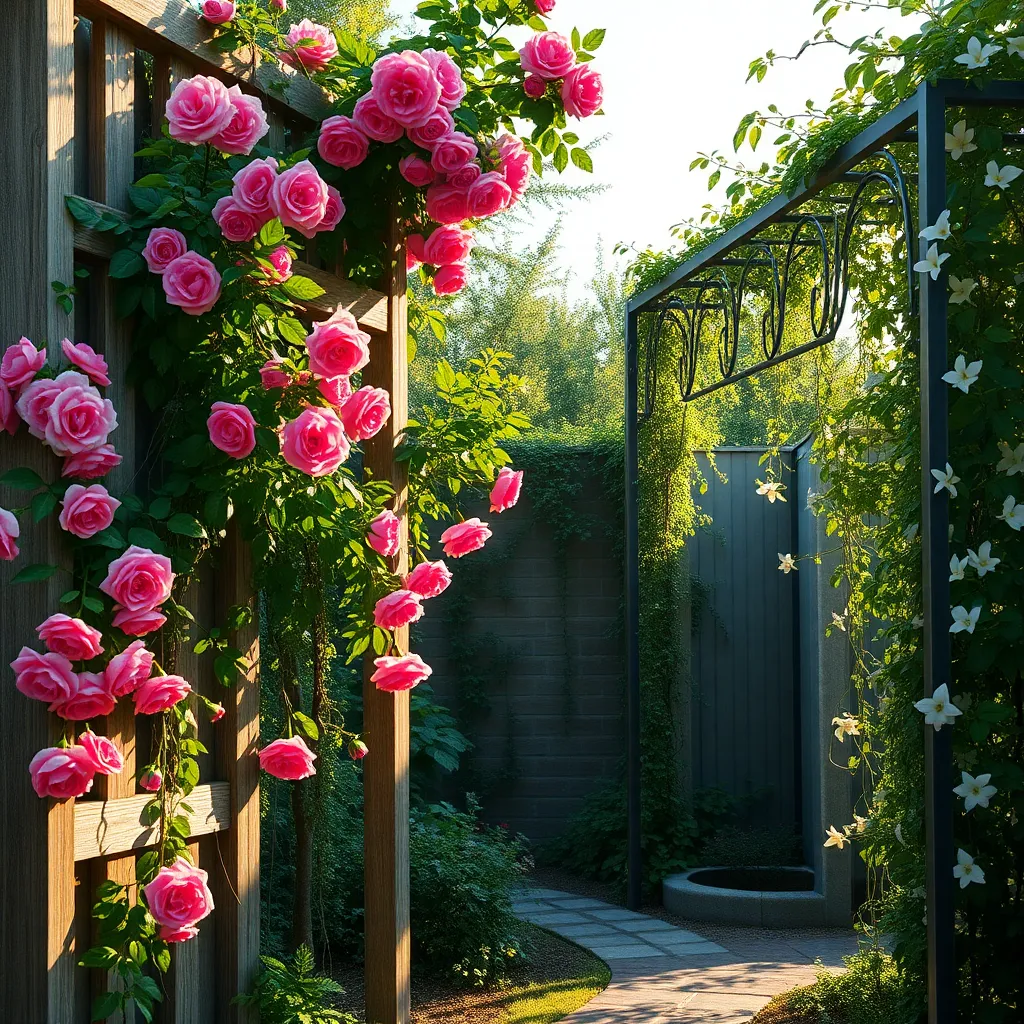
When choosing a material for your garden trellis, both wood and metal have unique benefits that can enhance your garden’s aesthetics and functionality. Wooden trellises offer a classic look and can integrate beautifully with natural settings, but they require more maintenance to prevent rotting and pest damage. To preserve the longevity of a wooden trellis, apply a weather-resistant sealant annually and ensure it’s made from rot-resistant woods like cedar or redwood.
Metal trellises, on the other hand, offer durability and strength, making them ideal for supporting heavy vines and fast-growing plants. Galvanized steel or powder-coated aluminum are excellent choices as they resist rust and require minimal upkeep. For gardeners in humid climates, metal trellises can be particularly advantageous as they won’t succumb to moisture-related issues like wood might.
When deciding between wood and metal, consider the specific plants you intend to grow and the climate of your garden. If you plan to grow heavy climbers like wisteria or grapes, a sturdy metal trellis might be the better option. However, if you prefer a more rustic or traditional aesthetic, a wooden trellis can complement your landscape beautifully, especially for lighter plants like clematis or morning glories.
For those who enjoy DIY projects, constructing a wooden trellis can be a rewarding endeavor that allows for customization in size and design. Just ensure that the wood is treated and that all joints are securely fastened to withstand the weight of climbing plants. Meanwhile, pre-made metal trellises can be quickly installed, often just needing a firm anchoring in the ground to support even the most vigorous growers.
Installation: No Expert Needed
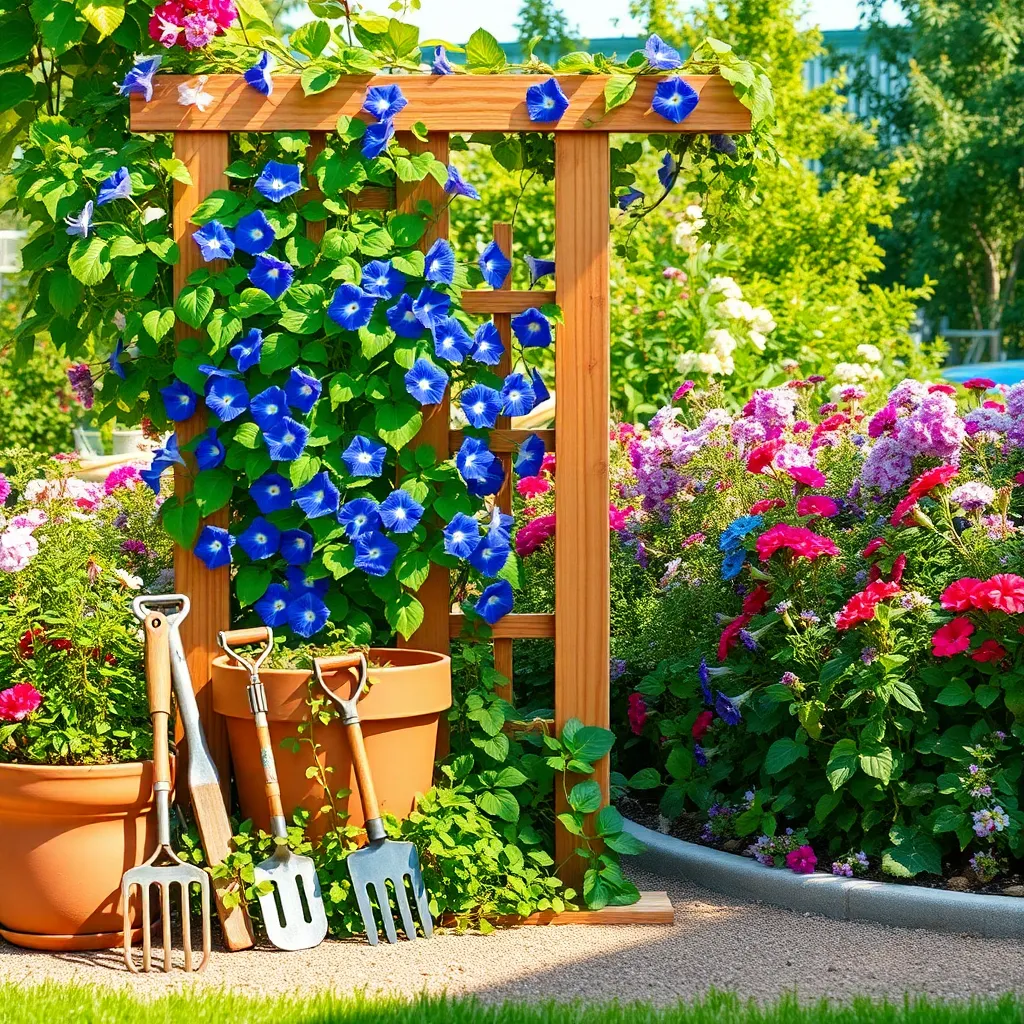
Installing a garden trellis doesn’t require professional skills, just a little preparation and the right tools. Start by selecting a location with adequate sunlight for the specific plants you intend to grow.
Before installing, ensure the soil in the selected area is well-draining and enriched with organic matter. For best results, mix in some compost or well-rotted manure to improve soil fertility and structure.
Next, gather your tools: a hammer, screws, and a drill are typically all you’ll need. Depending on the trellis material, you may also need a saw to customize the size or shape to fit your garden space.
Begin by marking the exact spot where the trellis will stand, ensuring it’s positioned to maximize plant support. It’s crucial to set the trellis firmly in the ground—this can be achieved by digging holes for the posts and filling them with gravel or concrete for stability.
Once your trellis is securely in place, water the surrounding soil thoroughly to help the plants settle. Regular watering, especially during dry spells, will support healthy plant growth and ensure your trellis remains a vibrant focal point in your garden.
Plant Compatibility Misconceptions
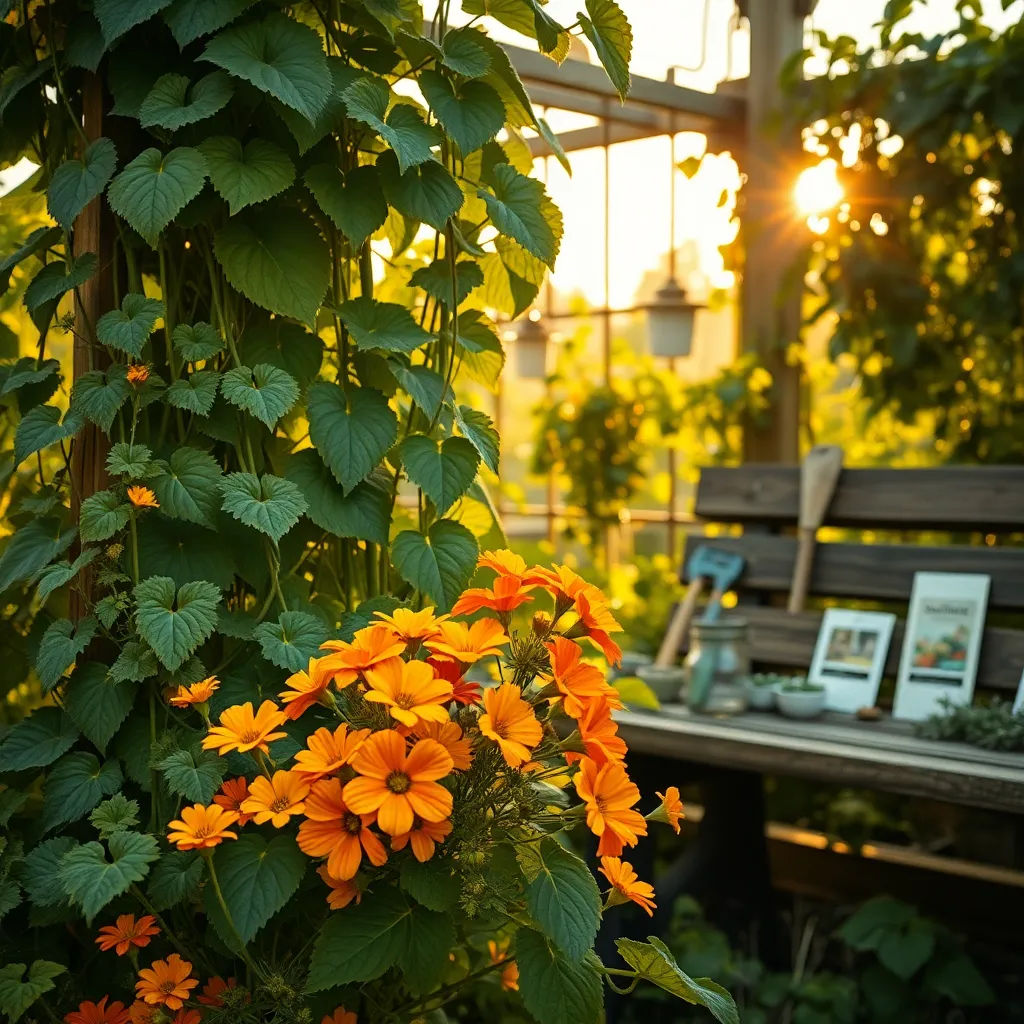
Many gardeners believe that any plant can climb a trellis if given the chance, but this is not always true. Understanding plant compatibility with a trellis is crucial for a thriving garden, as some plants are naturally better suited for vertical growth than others.
One common misconception is that all flowering vines will grow equally well on any trellis. However, plants like clematis and morning glory have different needs and preferences, such as sunlight requirements and soil types, that affect their compatibility with certain structures.
It’s important to consider the plant’s natural growth habit when choosing plants for your trellis. For example, sweet peas require regular watering and rich, well-drained soil to thrive on a trellis, while other plants may need less frequent irrigation.
Additionally, some gardeners mistakenly pair incompatible plants on the same trellis, leading to competition and stunted growth. To avoid this, combine plants with similar needs and growth rates to ensure all your trellised plants receive the nutrients and space they need to flourish.
Maintenance Myths Debunked
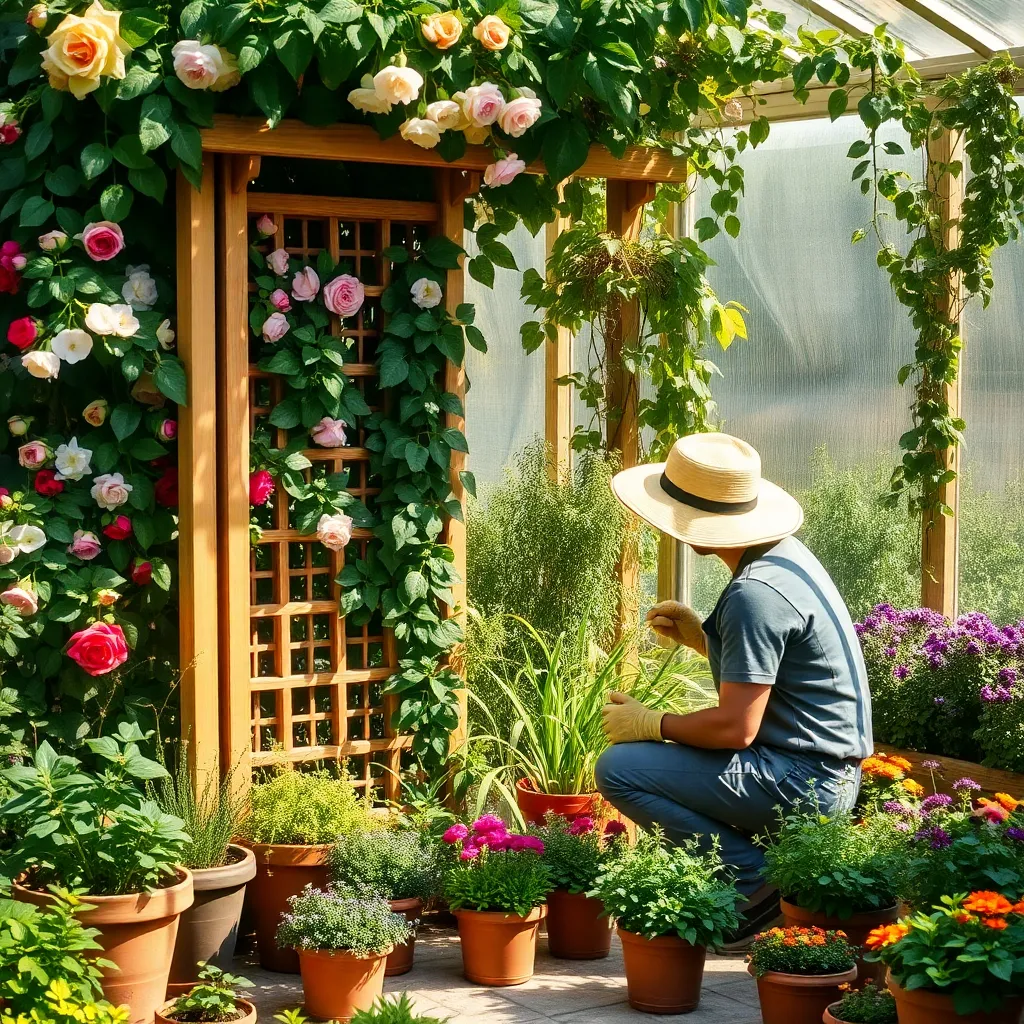
Many gardeners believe that once a garden trellis is installed, it requires little to no maintenance. This is a myth; even the most robust structures need regular care to remain effective and attractive. A common mistake is thinking the trellis doesn’t need cleaning. However, cleaning your trellis annually helps prevent mold and mildew, which can damage both the structure and the plants.
It’s also a misconception that plants will naturally climb a trellis without assistance. While some plants are naturally vigorous climbers, training them with gentle ties can help guide growth and ensure even coverage. Regularly check that ties are not too tight, as they can damage stems. Opt for materials like soft twine or plant ties that won’t cut into the plant.
Another myth is that all trellises are suitable for every plant. Different plants have varying needs, and choosing the right trellis material is crucial for long-term success. For instance, metal trellises are ideal for heavier plants like grapes, while lighter wooden structures suit delicate vines such as sweet peas. Regularly inspect your trellis for damage, especially after storms, to ensure it remains a safe support for your plants.
Finally, some gardeners think that once plants are established on a trellis, they don’t need further attention. In reality, pruning is essential to maintain plant health and encourage flowering. Regularly remove dead or overcrowded growth to improve air circulation and light penetration. This not only keeps your trellis looking neat but also promotes healthy plant development.
Conclusion: Growing Success with These Plants
In navigating the vibrant tapestry of relationships, understanding the ‘Common Myths About Install A Garden Trellis’ has illuminated key concepts that can transform our connections. Firstly, we’ve debunked the myth that support structures in relationships make them weak, revealing instead how they foster growth and resilience. Secondly, the belief that appearances are everything has been dismantled, emphasizing the importance of deep-rooted understanding. Thirdly, the notion that all relationships grow at the same pace has been challenged, underscoring the uniqueness of each bond. Fourth, we’ve explored the myth that conflict is always negative, showing how it can be a catalyst for deeper connection. Lastly, we’ve clarified that relationships require constant tending, much like a thriving garden.
As a next step, consider having an open conversation with your partner or loved one about one of these myths. Use it as a springboard for deeper understanding and connection. We encourage you to save this article—a handy guide as you nurture your relationships.
Remember, the seeds of successful relationships are sown with care, understanding, and continuous learning. With each step you take, you’re cultivating a garden of love that will flourish over time. Embrace this journey, and let this be a reference in your ongoing adventure towards lasting relationship success.

